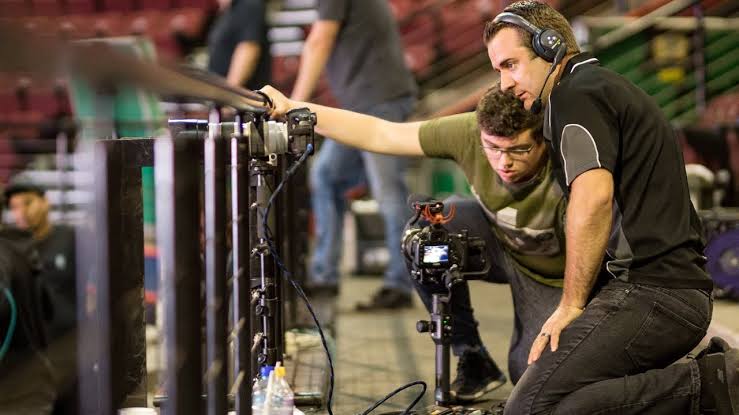Introduction
When audiences attend a concert or a live show, they often see only the final result—bright lights, flawless sound, and smooth performances. What they don’t see is the enormous amount of planning, coordination, and teamwork that makes it all possible. This is where tour production comes in. From logistics to lighting, tour production is the backbone of every successful live event.
What is Tour Production?
Tour production refers to the detailed planning and execution of live events that travel from one location to another. Unlike a single-day event, a tour involves multiple shows across different venues, often in various cities or even countries. It blends artistic vision with technical expertise, ensuring that each performance delivers the same quality and experience no matter where it takes place.
While local event production focuses on a single venue, tour production must account for repeated setups, breakdowns, and the movement of people and equipment—making it a far more complex operation.
Key Roles in Tour Production
– Tour Manager – Oversees the entire operation, including schedules, budgets, and communication between all parties.
– Production Manager – Responsible for technical requirements, stage design, and coordination of the crew.
– Stage Crew and Technicians – Handle equipment setup, sound systems, lighting rigs, and stage assembly.
– Logistics and Transport Teams – Ensure smooth transportation of gear and personnel between locations.
– Catering and Hospitality – Provide meals, comfort, and backstage needs for the crew and performers.
Every role is essential. Even the most talented artist cannot perform without the combined effort of these behind-the-scenes professionals.
Main Stages of Tour Production
1. Pre-Production
The planning phase begins months before the first show. This stage includes budgeting, booking venues, arranging travel, hiring staff, and designing the stage. Technical drawings, lighting plans, and equipment lists are finalized during this time.
2. On-the-Road Execution
Once the tour begins, the crew works in a constant cycle of loading in equipment, setting up stages, performing sound checks, and ensuring every technical detail is in place. After each show, everything is dismantled, packed, and transported to the next venue.
3. Post-Tour Wrap-Up
At the end of the tour, the production team returns rented equipment, closes accounts, and processes final payments. A debrief often takes place to review successes and note areas for improvement.
Technical Aspects of Tour Production
A strong tour production is built on technical precision. This can include:
– Sound and Audio – Microphones, speakers, mixing desks, and acoustics are carefully calibrated for each venue.
– Lighting Design – Lighting not only illuminates performers but also creates mood and visual impact.
– Video and Visual Effects – Screens, projections, and special effects enhance the audience experience.
– Stage Construction – Custom-built stages can transform the performance space and adapt to different venues.
Challenges in Tour Production
Running a tour is rarely without obstacles. Common challenges include:
– Tight Schedules – Crews often have only hours to set up between arrival and showtime.
– Budget Limitations – Balancing quality with financial constraints can be difficult.
– Equipment Issues – Technical failures can disrupt performances if not quickly resolved.
– Weather Conditions – Outdoor venues face the risk of rain, wind, or extreme temperatures.
Tips for Successful Tour Production
– Plan Early – Anticipate possible setbacks and prepare solutions in advance.
– Communicate Clearly – Keep all team members informed to avoid confusion.
– Have Backups Ready – Spare equipment and alternative travel routes can save a show.
– Prioritize Comfort – Ensuring the well-being of both crew and performers helps maintain performance quality.
The Future of Tour Production
Advances in technology are reshaping how tours are produced. Automation, artificial intelligence, and real-time monitoring systems are improving efficiency. Virtual and hybrid concerts are opening new possibilities, allowing fans to enjoy live performances without being physically present. At the same time, sustainability efforts—such as using energy-efficient lighting and reducing transportation waste—are becoming increasingly important in tour planning.
Conclusion
Tour production is a complex but rewarding process that transforms creative ideas into live experiences enjoyed by audiences worldwide. It requires a balance of artistic vision, technical skill, and logistical expertise. While the performers take center stage, the true magic of a successful tour often happens behind the scenes, where dedicated professionals work tirelessly to make each show unforgettable.
